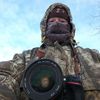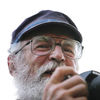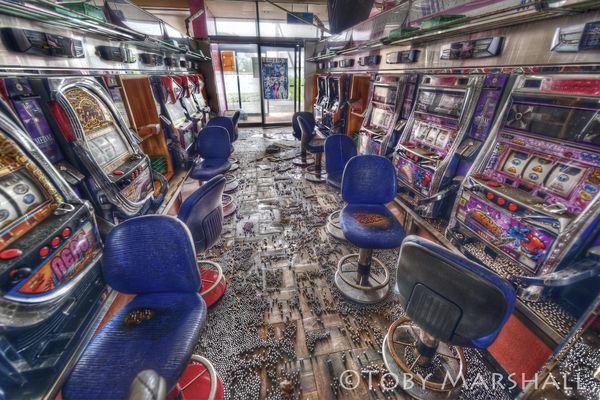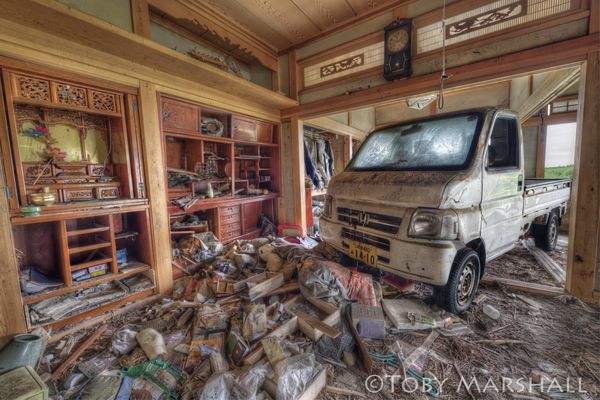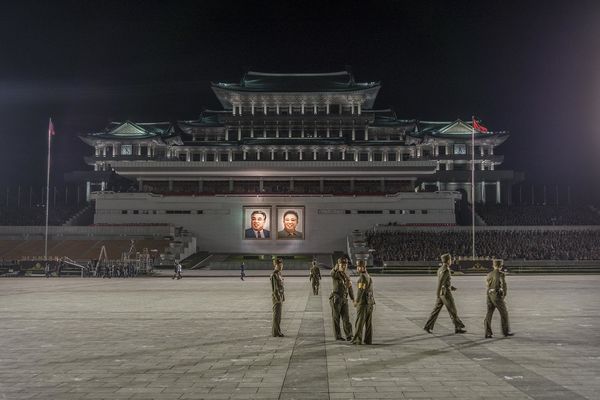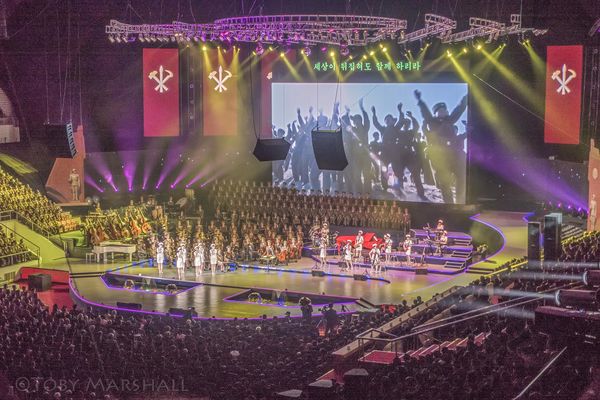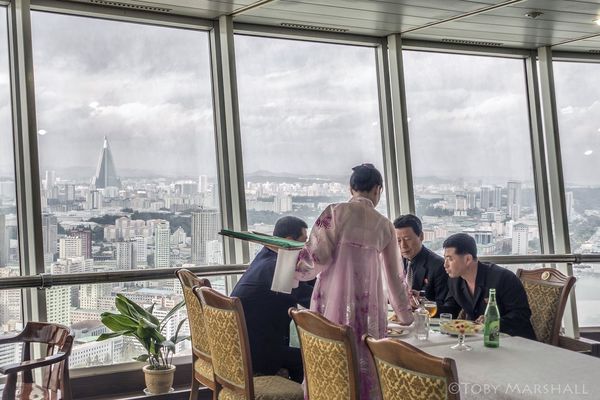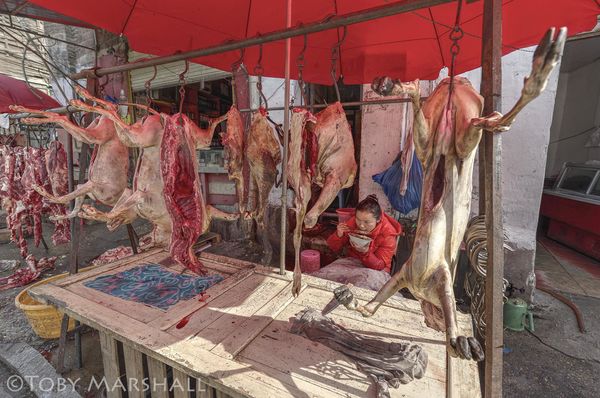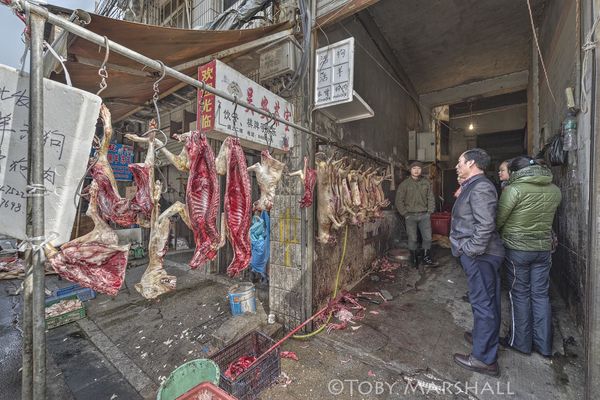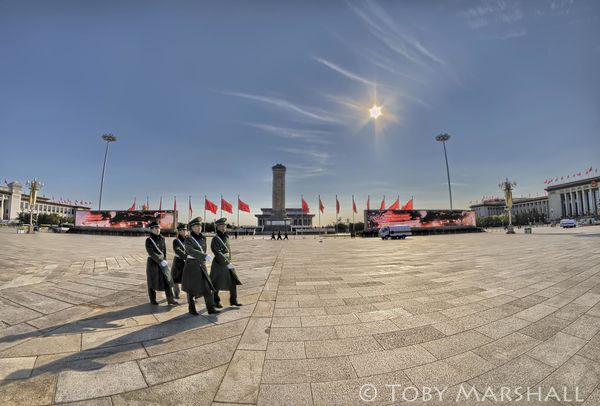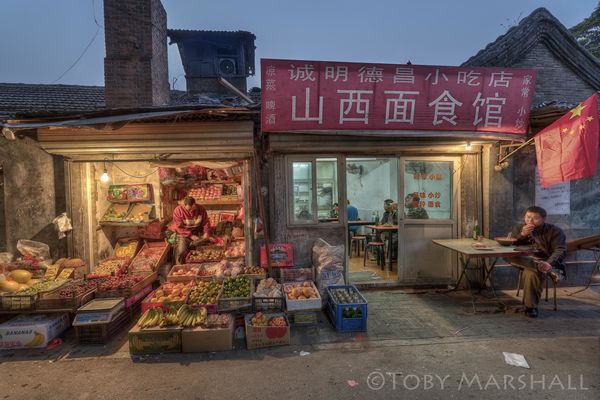Bracketing for HDR
Nov 6, 2019 01:04:06 #
kymarto wrote:
Absolutely easy to use aperture priority to do exposure brackets; I have no idea why people would trouble themselves with manual exposure.
The reason Pros use manual mode is because the brackets are real EV increases no meter is being used . If you use aperture priority the camera is metering the scene sure the shutter speed is changing, but there is no real definite EV increase as the camera is trying to match 18% grey most cameras are set up to bracket shutter speed in manual mode ...no meter being used especially with ever changing ambient light values ...to use a metering mode totally defeats bracketing that's why we use manual mode to get pure EV values weather 1/2 ,1/3 , or whole stops pure step values ...Nikon gives you 4 or 5 choices AE , AE with flash , flash only , white balance bracketing, auto dynamic lighting bracketing, all of these are done in manual and each mode has different purposes not mainly HDRI But to get a range of exposure to cover your ass to make sure you get the shot . Only AE is mainly used in manual mode to create true HDR Images with true step values ...with no meter influence..
Nov 6, 2019 05:16:28 #
nikonbrain wrote:
The reason Pros use manual mode is because the bra... (show quote)
This is completely untrue. I am a professional and I am known for my HDRs, which I have exhibited and which I have been doing for years with a variety of HDR programs. I have always used aperture priority and it has always worked brilliantly. I can check my exposure values in my HDR programs and they are always 1 EV apart (which is how I set my EV steps). Using automatic exposure mode simply gives your bracket its base ISO from which the steps are made.
I'm including a few of my HDRs in case you think I am kidding or that somehow I don't know what I am talking about. There is no issue in using aperture priority with exposure bracketing. At worst, if your exposures are not within the target range, you can simply change exposure compensation to shift all the exposure values. Nor, actually, do you need exact steps in HDR--as long as you have frames that contain all the exposure values you need, it doesn't matter how many you have or their exposure values.
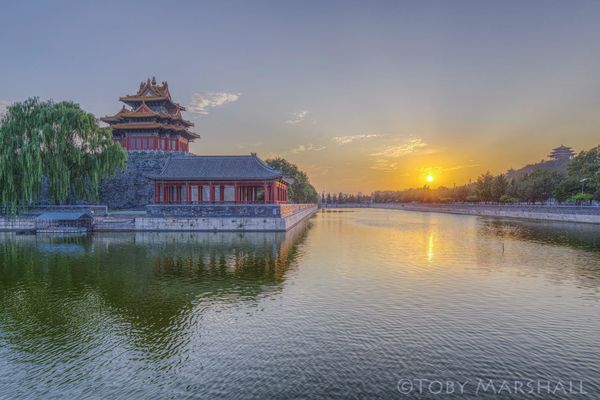
(Download)
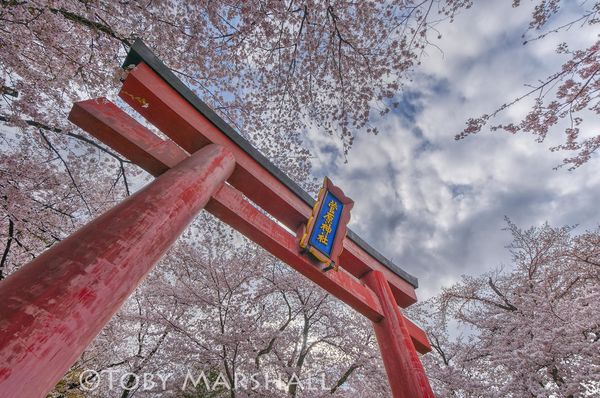
(Download)
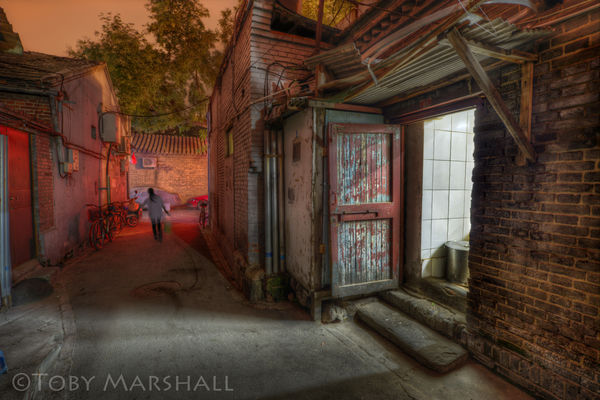
(Download)
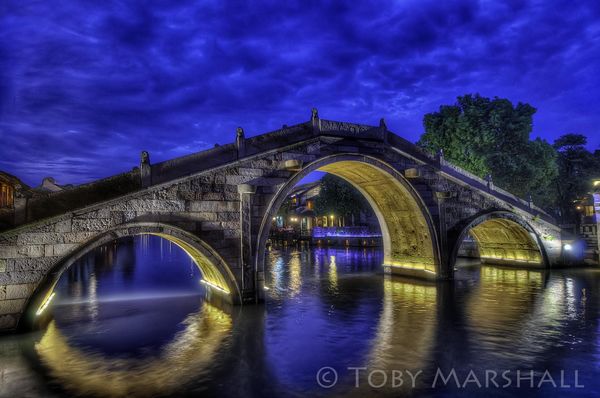
(Download)
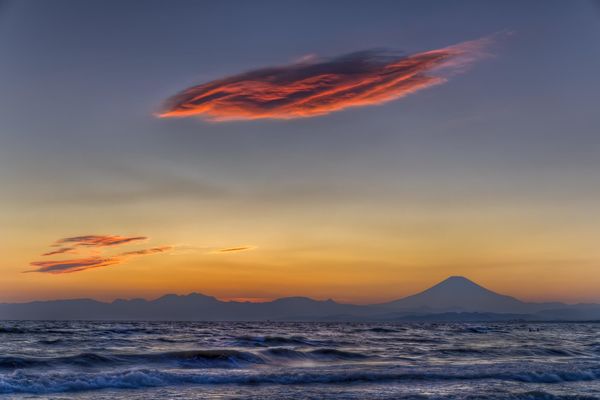
(Download)
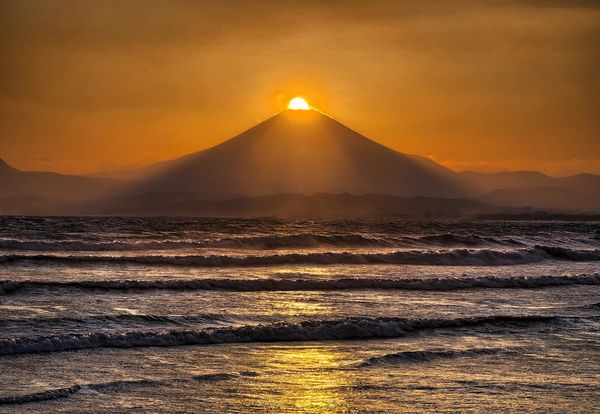
(Download)
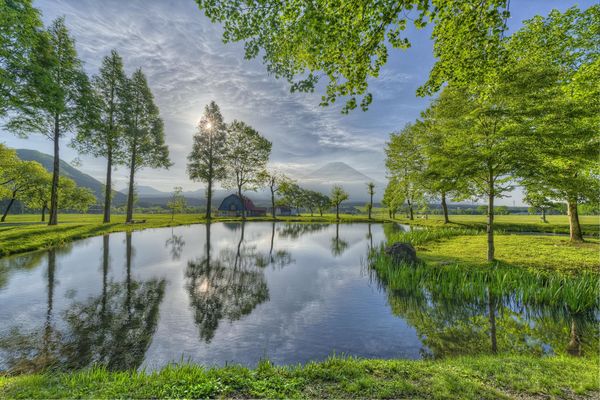
(Download)
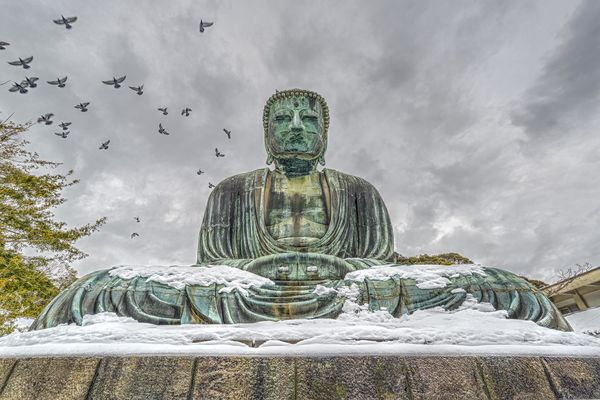
(Download)
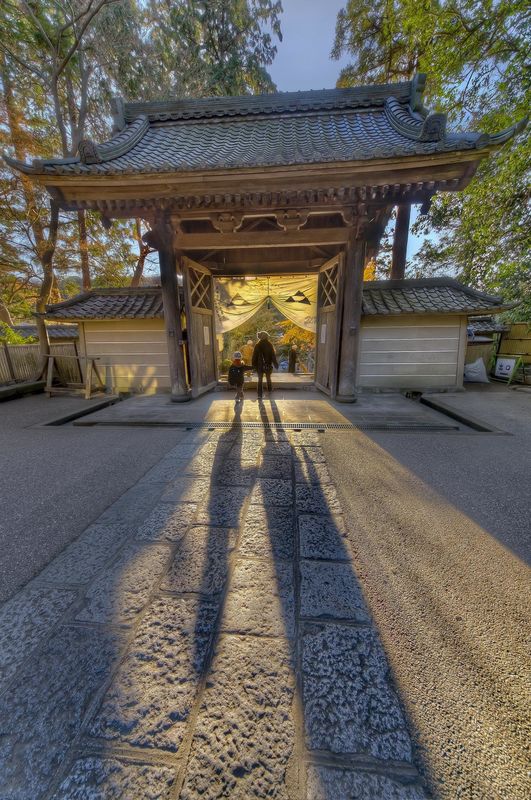
(Download)
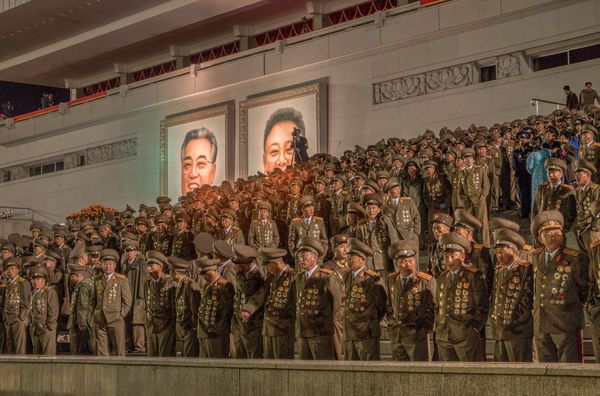
(Download)
Nov 6, 2019 05:30:04 #
I shoot bracketed exposures all the time for HDR and use Aperature Priority only to maintain focus throughout. Lens behave differently when changing Aperature from image to image.
Nov 6, 2019 07:41:06 #
Picture Taker
Loc: Michigan Thumb
I have found with a constant aperture ( f stop) your focus is not consistent. With HDR you are change (expanding) the light range. I do it by going + and - two stops. You can change the ISO 2 stops also I guess.
I found 2 stops are fine for me but some seem to change it a fraction of a stop. I think that is in the normal range of a shot and don't gain the HDR advantage.
I found 2 stops are fine for me but some seem to change it a fraction of a stop. I think that is in the normal range of a shot and don't gain the HDR advantage.
Nov 6, 2019 12:02:11 #
Picture Taker wrote:
I have found with a constant aperture ( f stop) your focus is not consistent. With HDR you are change (expanding) the light range. I do it by going + and - two stops. You can change the ISO 2 stops also I guess.
I found 2 stops are fine for me but some seem to change it a fraction of a stop. I think that is in the normal range of a shot and don't gain the HDR advantage.
I found 2 stops are fine for me but some seem to change it a fraction of a stop. I think that is in the normal range of a shot and don't gain the HDR advantage.
You only need HDR if the dynamic range of your scene exceeds that of your camera. If you like the tonemapping of HDR and your scene is not very high contrast, you can achieve the same thing tonemapping a single frame.
Nov 6, 2019 14:33:09 #
kymarto wrote:
This is completely untrue. I am a professional and... (show quote)
Beautiful work.
Mike
Nov 6, 2019 22:13:10 #
kymarto wrote:
This is completely untrue. I am a professional and... (show quote)
I am a professional also and have been using HDRI SINCE it was introduced it is a fact that aperture priority is a metering mode , period just because you do it and it works doesn't mean it's right, when you use aperture priority YOU ARE METERING THE SCENE your camera is trying to create a mean
exposure over and over they may be different but not as much as if it was in manual mode . If you use aperture priority to do a stacked image in a sunrise or sunset your camera will be fooled by the bright scene and the the exposures can start to look the same . Yes it will work but a more efficient way is in manual mode were the camera obeys the photographer not the meter . I didn't say it wouldn't work it just isn't the norm or the most effective way . I could put up more examples also if you like of HDRI but that would juvenile my avatar is a HDRI . I posted 2 earlier in this thread. Your way or my way will work to each his own . I find that manual mode is more effective for Me and I have more control over the outcome. When I use this technique of bracketing I keep a constant aperture also But it is I , Me that controls it not my camera and shutter speed is controlled by the camera that is especially true in a burst bracket .
Nov 6, 2019 22:49:46 #
Nov 7, 2019 03:14:29 #
nikonbrain wrote:
I am a professional also and have been using HDRI... (show quote)
No, with all due respect it works like this: In bracket mode, the camera starts with a base exposure, and then brackets from that exposure based on two parameters: the exposure step in EV, and the number of bracketed exposures. The base exposure is determined in one of two ways, it is either set manually as in your case, or it is set by the camera's meter, as in my case. Once that exposure is set, and you push the shutter halfway (shooting the burst in continuous rather than single mode, which makes more sense since you want as little time between brackets as possible), the bracket exposures are determined by the original frame. The automatic metering is inoperative in continuous burst mode. Only if you were to shoot the bracket as single exposures, raising your finger from the shutter completely between shots, would the camera set a new base exposure between frames of the bracket.
It is a myth that the steps between brackets have to be even: the only thing that matters is that you have a frame underexposed enough to retain detail in the brightest highlights, and one overexposed enough to place the darkest shadows somewhere around zone 4. In addition you should have at least one shot in the middle with normal rendition in the midtones. In extreme cases you might want two more frames in between the middle and the extremes.
I did a lot of experimenting with extreme HDR, for instance, in the examples below I shot 15 frames 1 EV apart, because the interior of the ruined house and abandoned pachino parlor in the Fukushima exclusion zone were in almost complete darkness. I tried several combinations, first using all 15 frames, then every other frame, using 8, then every third frame, using 5. There was almost no difference in the final result after tonemapping the 32 bit .hdr image. I have also tried skipping some frames in a bracket sequence, again with no noticeable effect. You don't need even steps at all--all you need are enough frames with tonal information.
Clearly there is no problem exposing in manual mode and having exact bracket steps, but there is no "right" and "wrong" here, as long as you get the result you want. The advantage of using aperture priority is that you can catch action that you would otherwise miss in a burst. And because you are bracketing and combining that burst into a HDR image, you don't need an exact exposure, only a sequence containing in some number of frames all the tonal values you need within the dynamic range of the scene.
I'm also posting some "reportage" HDRs I took in North Korea and some shots from China. Had I decided to set the camera to manual mode, those shots would not exist--they would have been gone. My point is not that doing it in manual is wrong, but it is certainly not necessary. People here should know that certain techniques are adaptable, and can be changed depending on the situation with good results.
Nov 7, 2019 10:14:27 #
kymarto wrote:
You only need HDR if the dynamic range of your scene exceeds that of your camera. If you like the tonemapping of HDR and your scene is not very high contrast, you can achieve the same thing tonemapping a single frame.
That always causes confusion in HDR discussions. Some fall in love with the color manipulation and call it "HDR". Others want to capture light beyond the ability of their sensors and call it "HDR".
Nov 7, 2019 11:43:17 #
bsprague wrote:
That always causes confusion in HDR discussions. Some fall in love with the color manipulation and call it "HDR". Others want to capture light beyond the ability of their sensors and call it "HDR".


Nov 7, 2019 12:55:12 #
My understanding is that you can only use Aperture priority for automatic bracketing to obtain an HDR photo. I have used manual mode on a tripod and adjusted the shutter speed to obtain different exposures.
Nov 7, 2019 13:12:19 #
RWebb76 wrote:
My understanding is that you can only use Aperture priority for automatic bracketing to obtain an HDR photo. I have used manual mode on a tripod and adjusted the shutter speed to obtain different exposures.
My Canon, when set in Manual mode, changes the shutter speed when I set up bracketing through the camera (auto-bracketing??).
I guess whichever way gets the results the person taking the picture decides is the best way.
Nov 7, 2019 13:30:54 #
Picture Taker
Loc: Michigan Thumb
You should keep Aperture constant (not to change the depth-of-field) and usually the speed(+&- 2 stops) by I guess you could change the ISO but I don't see any sense to it that way. On most cameras you can set it up so it fires all 3 shots (you can do more, I do 3, +@- 2 stops)
If you want to reply, then register here. Registration is free and your account is created instantly, so you can post right away.


